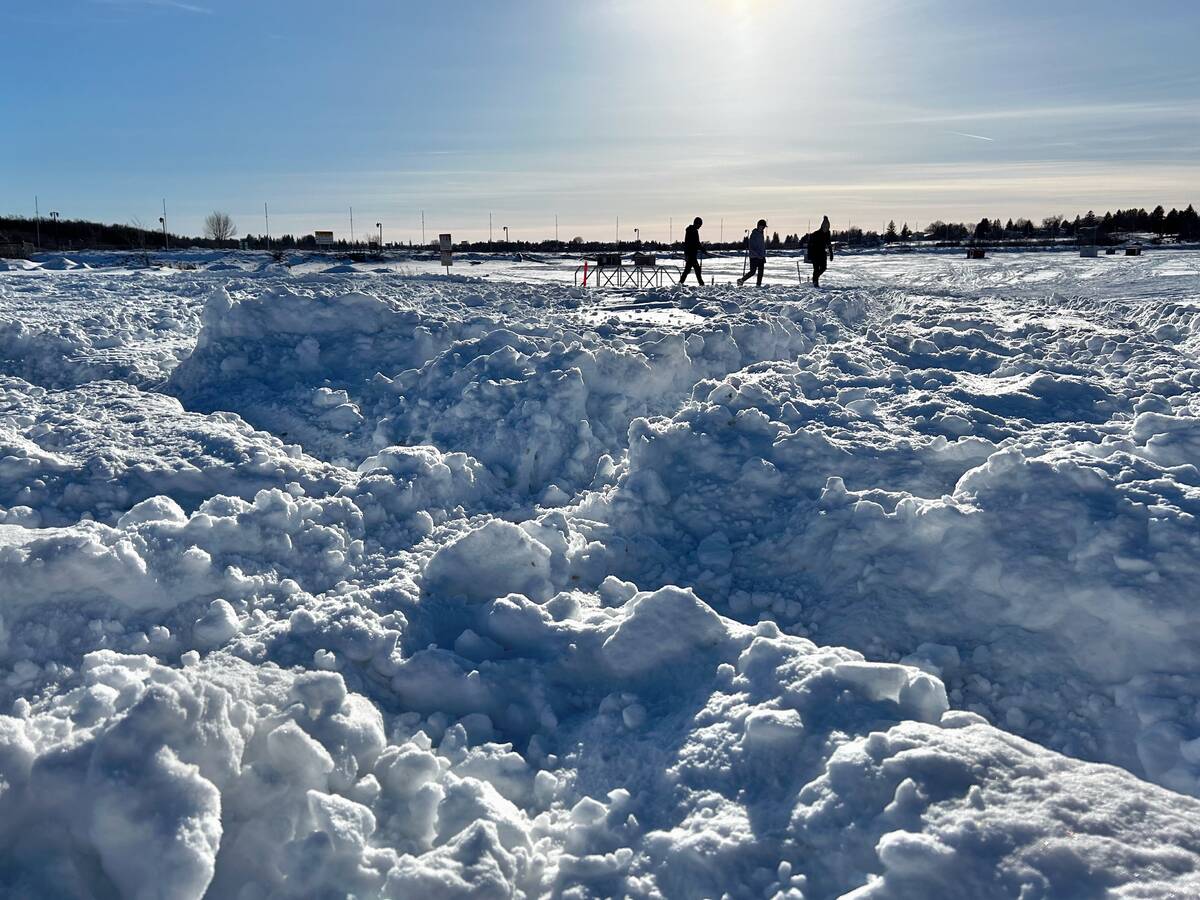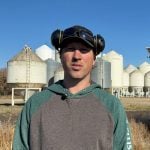It might seem a little early, but with all the supply chain issues we are seeing, I think it is time to look at a couple of weather stations, just in case you are thinking of adding one to your Christmas wish list. It also didn’t hurt that I just happened to get two emails asking for updates on the weather station I bought late last winter.
For those of you who may have forgotten, or don’t read my weather articles consistently, last winter my trusty old Davis Vantage Pro2 Plus weather station started to act up. Thinking it could die any day, I decided to look around at what else might be available. So, off I went exploring to see what new innovations there were in weather stations and pricing.
Read Also

Predicting Manitoba winter snowfall
How much snow should farmers in Manitoba expect for the rest of December 2025 and into January-February 2026? Here’s what the weather models say about the winter to come.
Looking around I found you could basically break down home weather stations into three categories:
- High-end weather stations, starting around $1,000 in price;
- Low-end weather stations you can pick up at your local hardware store for $50 to $200; or
- Mid-range weather stations that can be found online, starting in the $200 to $300 range and go up to around $500 to $900, depending on how many options you care to add.
I must admit, I have bought a few of the low-end hardware-store stations over the years, especially when you see one on sale at, I don’t know, Canadian Tire. These stations are great when you are going out camping or looking at measuring some microclimate conditions, but overall, the lack of internet connectivity and relatively short lifespan do not make these that useful as a home weather station.
At the high end, which I consider most of the Davis stations to be, I found the lack of innovation and the steep price tag made these stations less appealing. Take the console on the main Davis station: it’s the same black and white console that they have been using for years. Where is the colour?
The one big plus with these stations is their lifespan. I have been using Davis weather stations for 23 years and have only had two stations over that entire time — and one of those stations was damaged during a home break-in. All you need to do is a little maintenance a couple of times a year, which includes changing the expensive 123 batteries every one or two years. Other than that, they just work, and work… and work.
That left the mid-range weather stations. Some of you may know, if you have followed my writings over the years, that I have been a fan of Ambient Weather. I started using their software way back when it was in beta and only a few hundred people were using it. Over the years I have referred readers to their website to check out all the different home weather stations to help decide which type to buy. I kind of lost track of what Ambient was doing over the last three to four years and when I finally checked back in and looked in detail at what was going on, I saw that they had taken a new road. They had moved from offering all sorts of various weather station brands and had gone with their own branded weather stations. The price looked decent, with a high-end model starting at around C$550 for the base station that measures all your basic weather needs. You can then add additional sensors to your heart’s content for about $15 to $25 apiece.
So that’s what I ended up doing. I bought an Ambient Weather WS5000 station with additional temperature probes (soil or water temperature), along with a soil moisture sensor. Total price was around C$750, getting up toward the price of a high-end station, but with all the extra sensors the equivalent Davis station would have cost well over $1,500. Then came the taxes, duty and shipping costs. To ship the weather station from the U.S. to Canada costs almost $60. But when you are buying the whole station, I felt I could take the hit on the shipping.
The station was easy to install and has worked almost flawlessly for about seven months now. I’ve had a couple of very short-lived dropouts from some of the sensors farthest away from the station, but overall, it just works. The sensors use regular AA batteries, so they are cheap to replace and after seven months they are still on the same batteries. My only real beef is when I wanted to buy more sensors. The total, including a lightning detector, came to about $125, but shipping came in at a ridiculous $60, with duty and taxes coming in at another $60, basically doubling the cost. Maybe with the border reopening next month for non-essential travel I could take advantage of the free shipping within the U.S. The take-home message here is if you do want to go with this station, try to order everything you would want right from the start.
The last point I want to make about this station is that these are Ambient Weather-branded Ecowitt weather stations. These stations can be purchased off Amazon for about $400 for what looks to be the equivalent to the WS5000 (Ecowitt HP2553). Both the Ecowitt and the Ambient Weather station look the same, and both upload their data directly to their respective weather servers. This is how you access your data if you are not at your console. Ambient’s weather servers work very well, and I have almost never had trouble seeing or downloading my data or incorporating it into my own website. As for Ecowitt’s web environment, I can’t comment. Doing some research, I did discover that you cannot mix and match the Ecowitt sensors with the Ambient Weather stations as the Ambient stations use different software… much to my disappointment.
















